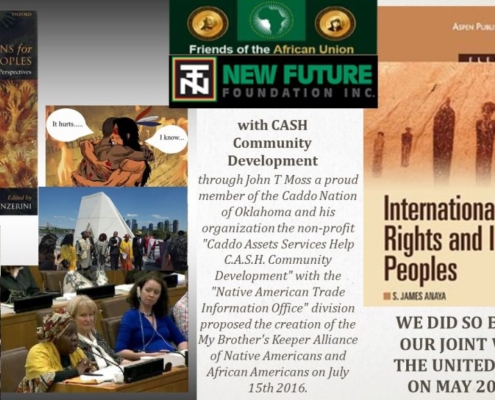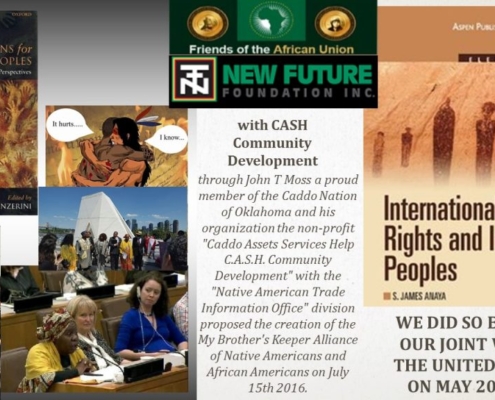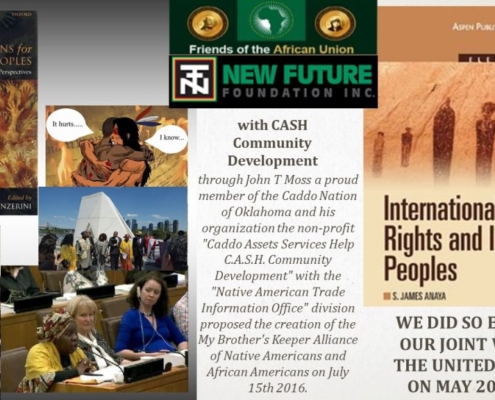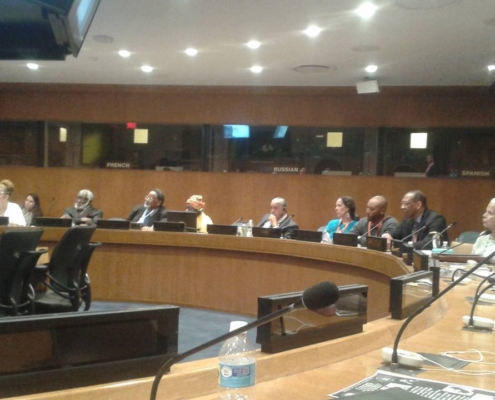18th-century Peruvian painting showing a family of free Africans.

Dispersal through slave trade
Much of the African diaspora became dispersed throughout the Americas, Europe, and Asia during the Atlantic and Arab slave trades. Beginning in the 8th century, Arabs took African slaves from the central and eastern portions of the African continent (where they were known as the Zanj) and sold them into markets in the Middle East, the Indian subcontinent, and the Far East. Beginning in the 15th century, Europeans captured or bought African slaves from West Africa and brought them to the Americas and to Europe.
The Atlantic Slave Trade ended in the 19th century, and the Arab Slave Trade ended in the middle of the 20th century[37] (although pockets of slavery still exist into the 21st century, such as the Haratin in Mauritania). The dispersal through slave trading represents the largest forced migrations in human history. The economic effect on the African continent proved devastating, as generations of young people were taken from their communities and societies were disrupted. Some communities formed by descendants of African slaves in the Americas, Europe, and Asia have survived to the present day. In other cases, blacks intermarried with non-blacks, and their descendants blended into the local population.
In the Americas, the confluence of multiple ethnic groups from around the world contributed to multi-ethnic societies. In Central and South America, most people are descended from European, Amerindian, and African ancestry. In Brazil, where in 1888 nearly half the population descended from African slaves, the variation of physical characteristics extends across a broad range. In the United States, there was historically a greater European colonial population in relation to African slaves, especially in the Northern Tier.
There was considerable racial intermarriage in colonial Virginia, and other forms of racial mixing during the slavery and post-Civil War years. Jim Crow and anti-miscegenation laws passed after the 1863–1877 Reconstruction era in the South in the late-19th century, plus waves of vastly increased immigration from Europe in the 19th and 20th centuries, maintained much distinction between racial groups. In the early-20th century, to institutionalize racial segregation, most southern states adopted the “one drop rule“, which defined and recorded anyone with any discernible African ancestry as “black”, even those of obvious majority-white or of majority-Native-American ancestry. One of the results of this implementation was the loss of records of Native-identified groups, who were classified only as black because of being mixed-race.






